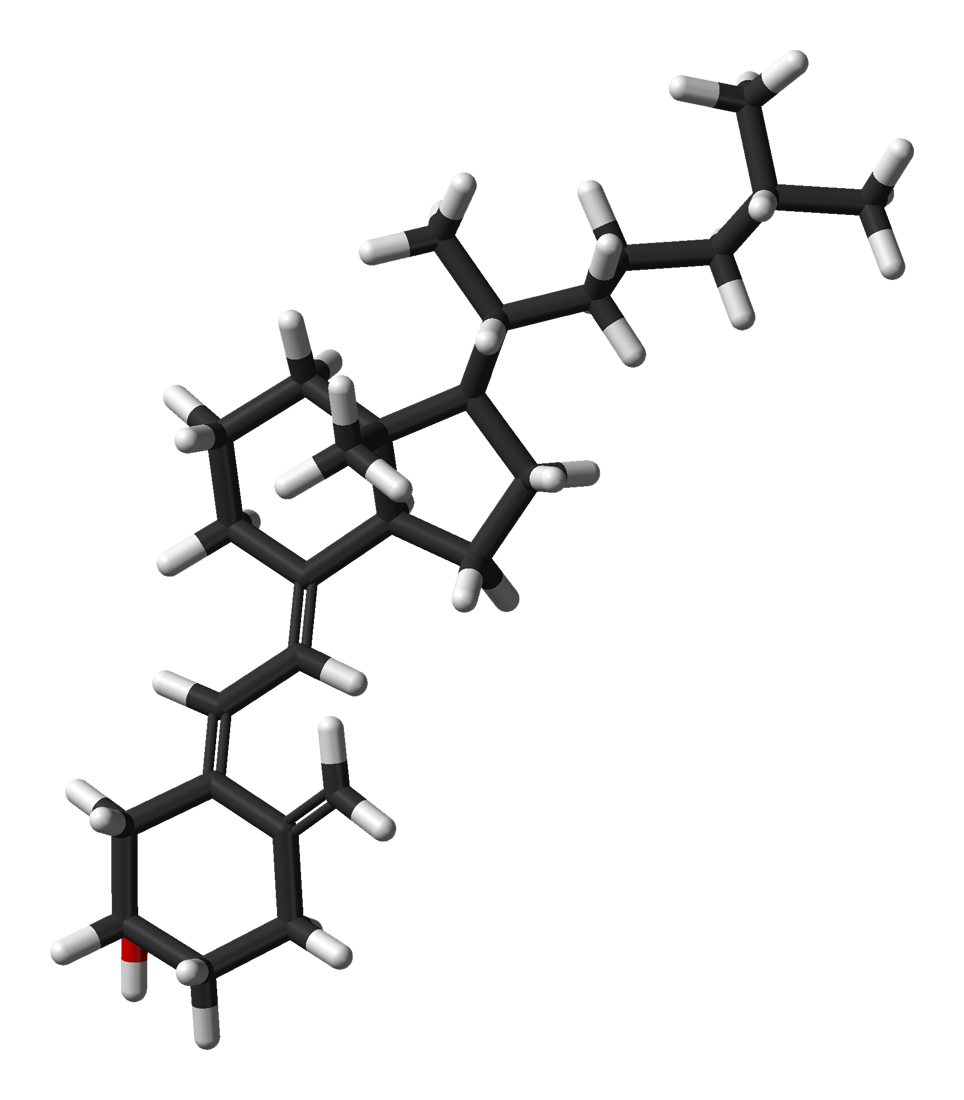| name | Cholecalciferol |
| classification | Vitamin D3 |
| pharmacokinetics | Cholecalciferol is absorbed in the intestines, primarily in the presence of bile salts. It's then hydroxylated in the liver to 25-hydroxycholecalciferol (25(OH)D), the major circulating form. Further hydroxylation in the kidney converts it to the active form, 1,25-dihydroxycholecalciferol (1,25(OH)2D). The half-life of 25(OH)D is relatively long, ranging from several weeks to months, reflecting its storage in adipose tissue. |
| suggested dosage | The recommended dosage of cholecalciferol depends on the individual's needs and baseline vitamin D levels. For general maintenance, a daily dose of 600-800 IU (15-20 mcg) is often sufficient. Higher doses (e.g., 50,000 IU weekly) may be necessary for treating vitamin D deficiency or certain conditions. Always consult a healthcare professional for personalized dosage recommendations. |
| indications | Cholecalciferol is used to prevent and treat vitamin D deficiency. This is crucial for maintaining healthy calcium and phosphorus levels, crucial for bone health and muscle function. It also plays a role in immune function and may offer some protection against certain diseases. |
| safety in pregnancy | Cholecalciferol is generally considered safe during pregnancy when taken in recommended doses. It's essential for fetal bone development, however, high doses should be avoided due to potential side effects. Consult a doctor. |
| safety in breastfeeding | Cholecalciferol is considered safe for breastfeeding mothers in recommended dosages. It passes into breast milk, helping provide the infant with adequate vitamin D. Consult a doctor. |
| side effects | At recommended doses, cholecalciferol is generally well-tolerated. However, high doses can lead to hypercalcemia (excess calcium in the blood), which can cause nausea, vomiting, loss of appetite, constipation, kidney stones, and weakness. Other potential side effects include headache, dizziness, and fatigue. |
| alternatives | | 1 | | alternative name | Ergocalciferol (Vitamin D2) | | notes | Another form of vitamin D. May be a suitable alternative in some cases, but efficacy and potential side effects can vary. |
|
|
| contraindications | Cholecalciferol should be used with caution in individuals with hypercalcemia, hypercalciuria (excess calcium in the urine), or kidney disease. It's important to be aware of any pre-existing conditions. Consult a doctor. |
| interactions | Cholecalciferol may interact with certain medications, including some anti-epileptics, corticosteroids, and certain medications affecting calcium and phosphate metabolism. Always inform your doctor about all medications you are taking. |
| warnings and precautions | Monitor serum calcium and vitamin D levels if high doses are used. Consult a healthcare professional before taking cholecalciferol if you have any pre-existing conditions, especially kidney disease or sarcoidosis. Avoid excessive sun exposure, particularly if taking high doses. |
| additional informations | Vitamin D is crucial for maintaining calcium homeostasis and bone health. Sunlight exposure is also a primary source of Vitamin D. Dietary sources of Vitamin D include fatty fish, egg yolks, and fortified foods like milk and cereals. |
| patient specific info | | age | 25 | | weight | 70 | | notes | Specific dosage recommendations depend on a patient's individual vitamin D levels and health status. A healthcare professional should be consulted for a proper diagnosis and treatment plan. |
|

